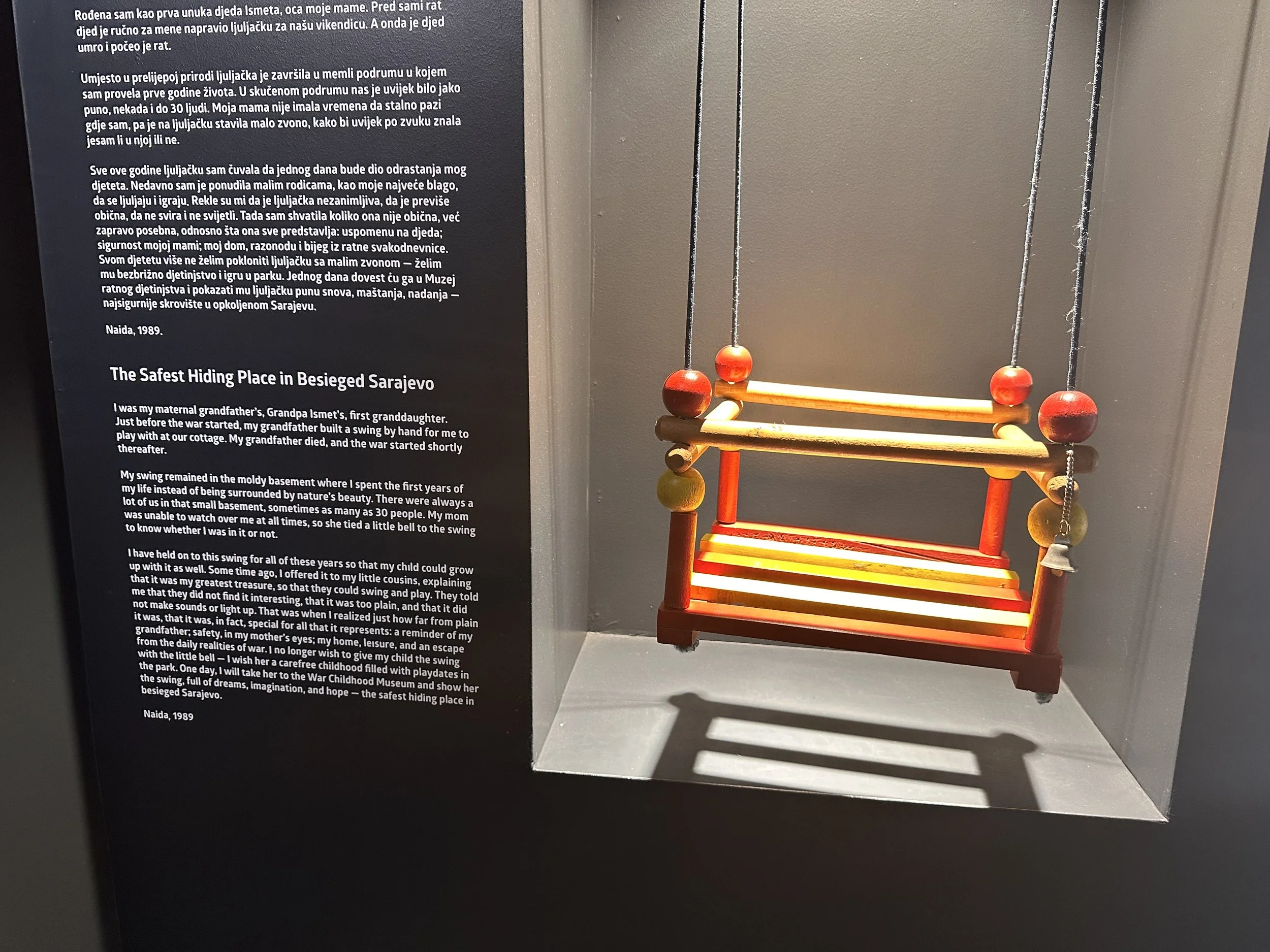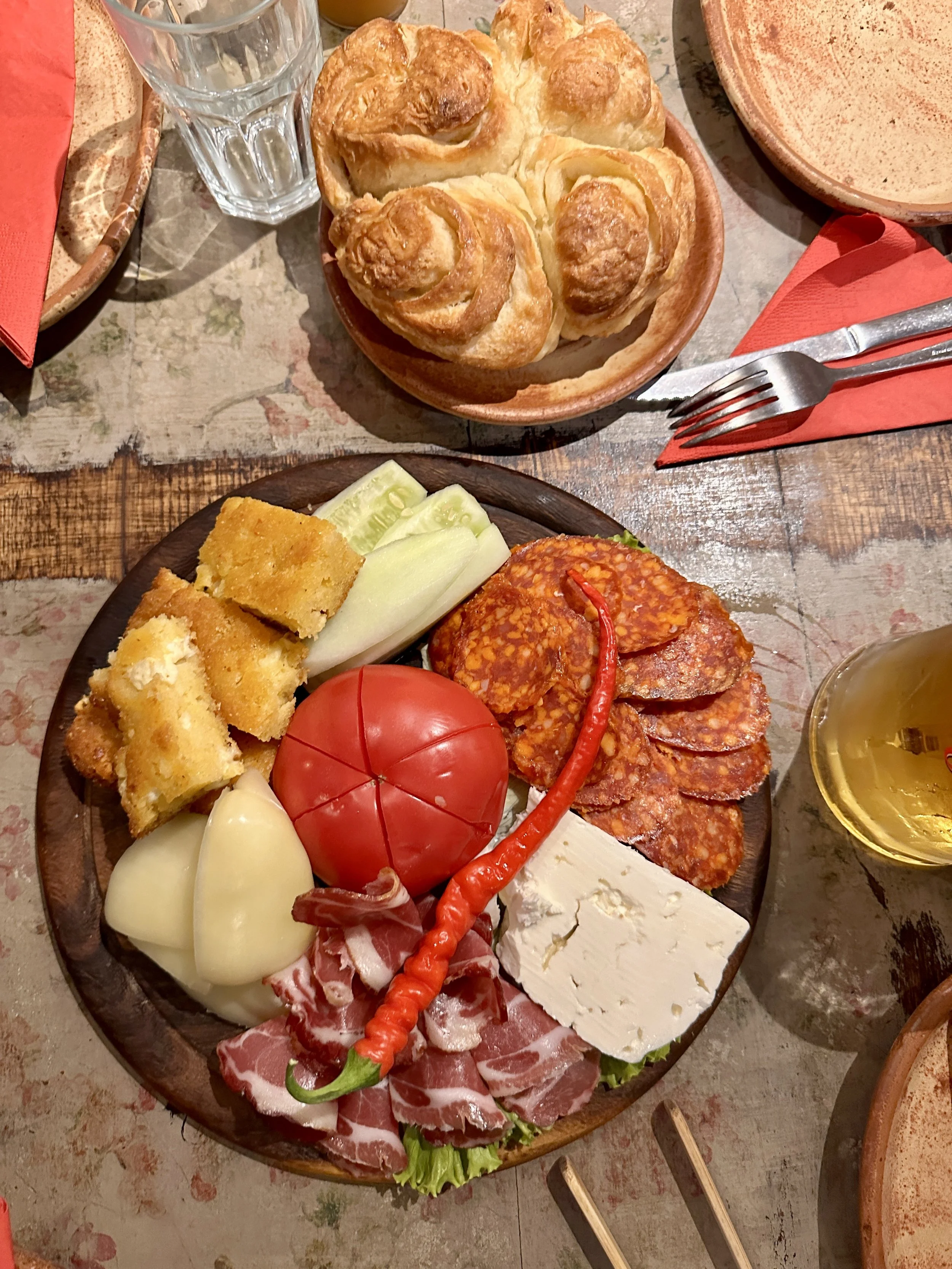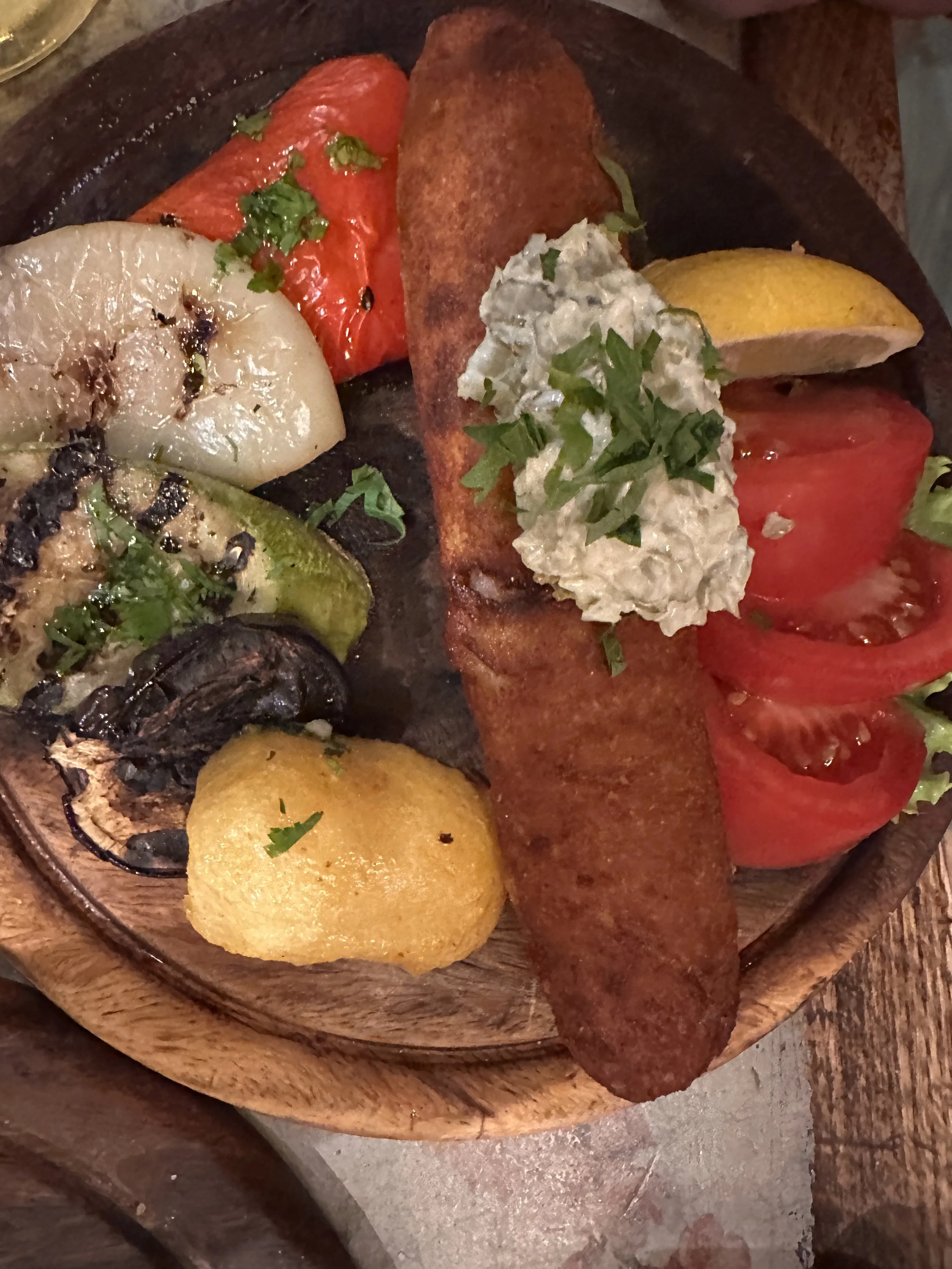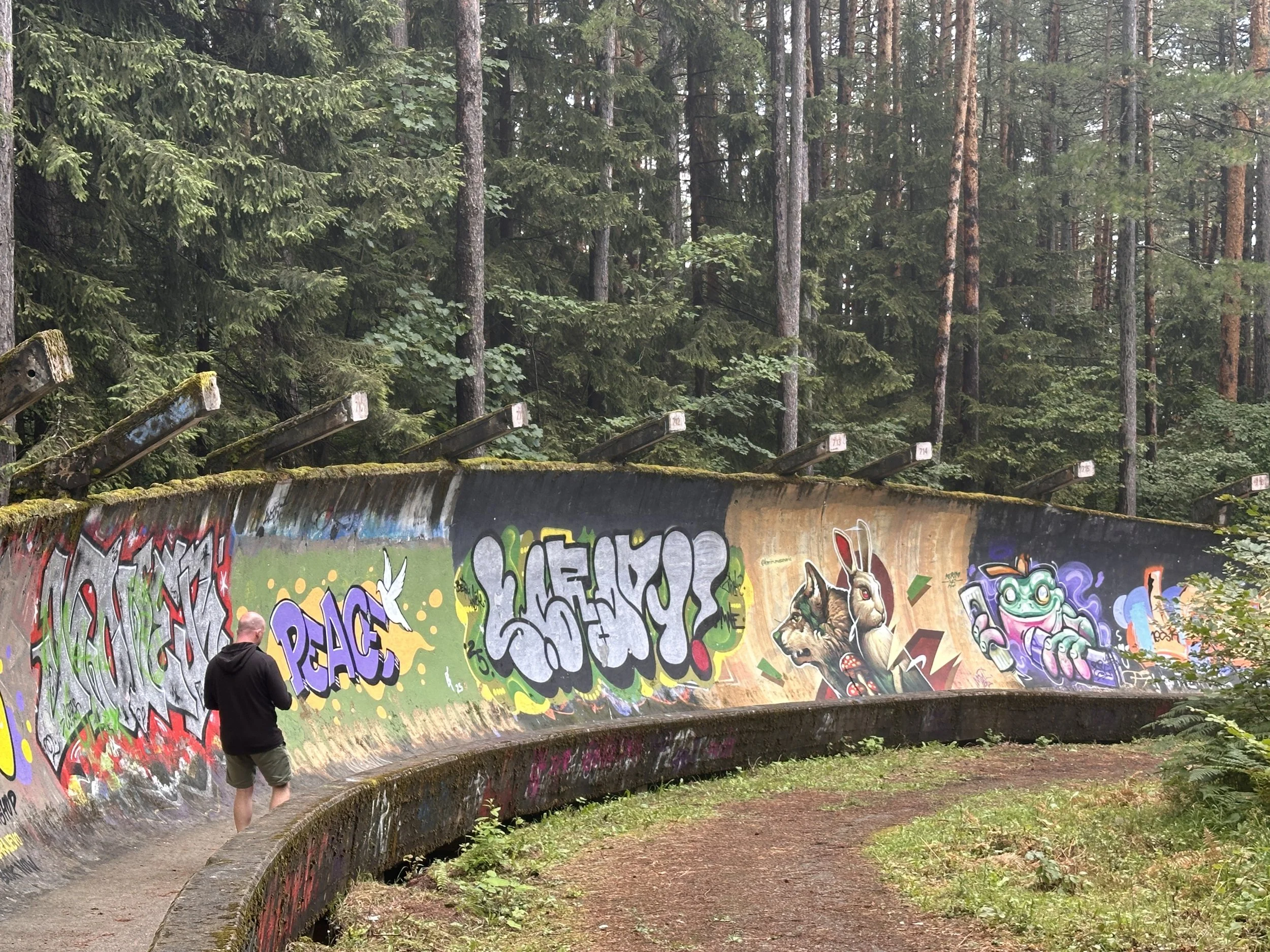Sarajevo, Bosnia & Herzegovina
We arrived in Sarajevo in the evening of the 2nd of August, after a longer drive than we had expected. Whilst it is less than 200km in distance, the single-lane curvy mountain roads took us some good 4 hours to reach the capital of Bosnia & Herzegovina. We found a cozy little appartment close to the new city center via Airbnb that hosted us for 3 nights. The idea was to have full day to discover the city, but we also had a sepcial occasion to celebrate: Our daughter’s 10th birthday!
The city of Sarajevo is the home of its around 275.000 inhabitants, with around half a million people living in the nearby municipalities. It’s the political, financial and cultural center of Bosnia & Herzegovina. In the previous post, I had mentioned the religious diversity we experienced in Bosnia & Herzegovina, which is fully visible in its capital, as well, and given the long history of that diversity, the city’s nickname “Jerusalem of Europe” seems quite suitable. Evidence of early settlment goes back to prehistoric times, but the city as it stands today dates back to the 15th century, when the Ottomans expanded their empire. “Saray” means “palace” in Turkish, and there are different interpreations where the ending “evo” originates from. After a multiple century rule by the Ottomans, Austria-Hungary occupied Sarajevo in 1878. It was just 36 years later, when Sarajevo moved into the global spotlight, when the assassination of Franz Ferdinand of Austria and his wife Sophie led to the eruption of World War I.
In 1984 Sarajevo again moved into global focus, this time for a much more favourable occasion, as it was hosting the world for the Winter Olympics. A highlight for the city in socialist Yugoslawia, causing a tourism boom and making the 1980’s to the most prosperious decade in the history of the city. This boom obviously came to a tragic full stop with the start of the Bosnian War and the siege of Sarajevo in 1992.
On our first evening, after unpacking the essentials from the car, we took a long walk from the new city center to the old city center and we were completely amazed by the positive vibe we encountered on this fairly warm Saturday evening. The streets were full of people. Cafes, restaurants and bars packed with young people enjoying the vibe as much as we did. Incredible to think that there was a full blown war going on in these streets just 30 years ago, with the infamous “sniper alley” (https://en.wikipedia.org/wiki/Sniper_Alley) just around the corner. Whilst murals such as the “Free Srebrenica” one and massive grenade holes in some older buildings have left permanent traces of the tragic war and genocide, it is obvious that this doesn’t necessarily impact the day to day life of a younger Bosnian generation. We grabed a burger at a local burger joint (the best one ever, according to my son), did some very minor shopping and went back to our apartment. Once the kids went to bed, we prepared the living room for our daughter’s birthday the next day, having sneakily bought some decorations in a supermarket the day prior.
The next morning was of course fully centered around the birthday girl! We had a nice long breakfast with cake that she had previously chosen, as baking wasn’t really an option this year. Afterwards, we started a surprise trip to a local amusement park called “Sunnyland” (https://sunnyland.ba/). Several rides on the “Alpine Coaster” later, we took some time to enjoy the view onto Sarajevo, packed our stuff and went back to our apartment. The way to Sunnyland was actually more adrenaline inducing than the Alpine Coaster, as google maps took us through some incredibly steep and narrow roads of the neighbouring area, that tested not only my driving skills, but also our car. We went for a slightly more civilised route on our way back. Next stop on the birthday tour was a local “Baklava” bakery, as our kids desperately wanted to try them. Afterwards, it became very moving, as we visited the “War Childhood Museum” (https://warchildhood.org). Yes, the name of the museum suggested no light entertainment, but this award-winning museum really moved all uf us. Around 45 exhibits, most from the Bosnian War, but also a few from Ukraine and Palestine conflicts and their stories, shared from their previous owners quite literally sent shivers down our spines. Growing up far away from any conflict zones, these exhibits and corresponding stories made the upbringing during wartimes very tangible. We finished the day with a lovely dinner at “Dveri Restaurant” (https://www.instagram.com/dveri_restoran/?hl=en), and barely managed to get our bellies back to our apartment. The Dveri steak was no joke…
After having spent quite some time in the city, the last full day we had in Sarajevo was to be spent outside of the city center. We went up the Trebevic Mountain and took a walk in the old bobsleigh and luge track from the Olympic Games in 1984. Where 30.000 spectators were watching the battle between the Soviet Union and the German Democratic Republic in 1984, nature is slowly getting the upper hand and is taking back the tracks that cost over 8.5 mil. USD to be built in 1981. From 1992, it served as an artillery position by the Bosnian Serb forces. Another construction with visible scars from the Bosnian War, with defensive fighting holes drilled into the last of the 13 turns.
As I am writing this, a pot of pasta boils in the background. We’ll do an evening walk later on and start packing our bags again, which is becoming a more routined undertaking with every time. Tomorrow, we’ll be crossing another border, as we’re entering Serbia. Country #7, here we come…




















